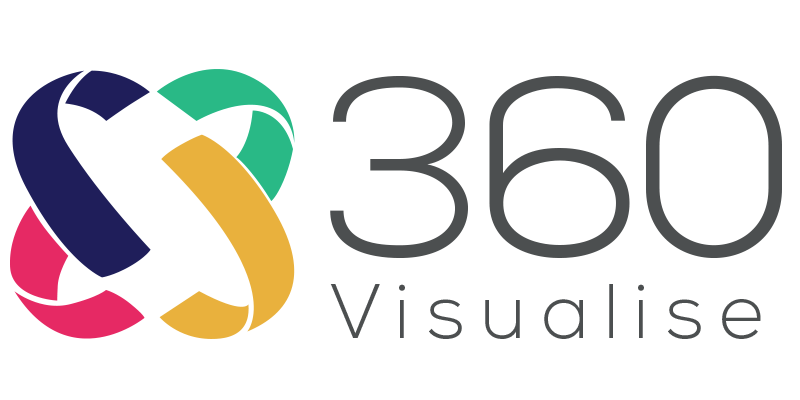
A CBCT (cone beam computed tomography) scan is a type of medical imaging test that produces detailed 3D images of the teeth, jaws, and surrounding structures. Dentists may use CBCT scans for a variety of purposes, including planning for dental treatments, identifying problems with the teeth or jaws, and monitoring the progress of treatment.
When reporting on a CBCT scan, a dentist will typically provide a written report that includes the following information:
-
Patient identification: The report will include the patient's name, age, and any relevant medical history.
-
Indication for the scan: The report will explain the reason why the CBCT scan was ordered, such as to plan for a dental implant or to evaluate the effects of a previous treatment.
-
Scan parameters: The report will describe the technical details of the scan, including the type of scanner used, the field of view, and the resolution.
-
Findings: The report will describe any abnormalities or abnormalities found on the scan, such as dental caries, periodontal disease, or jaw abnormalities.
-
Recommendations: The report will provide recommendations for further treatment or follow-up based on the findings of the scan.
It is important for the dentist to provide a clear and concise report on the CBCT scan, as this information will be used to guide treatment decisions and ensure the best possible outcome for the patient.
Your template should contain the following information:
A dental radiology report is a written document that summarises the findings of a dental imaging exam, such as a dental X-ray, CT scan, or CBCT scan. A comprehensive dental radiology report should contain the following information:
-
Patient identification: The report should include the patient's name, age, and any relevant medical history.
-
Indication for the exam: The report should explain the reason why the exam was ordered, such as to evaluate the health of the teeth or jaws or to plan for a dental treatment.
-
Exam details: The report should describe the technical details of the exam, including the type of imaging modality used, the field of view, and the resolution.
-
Findings: The report should describe any abnormalities or abnormalities found on the exam, such as dental caries, periodontal disease, or jaw abnormalities.
-
Recommendations: The report should provide recommendations for further treatment or follow-up based on the findings of the exam.
It is important for the dentist or radiologist to provide a clear and concise report on the dental imaging exam, as this information will be used to guide treatment decisions and ensure the best possible outcome for the patient.
We've create a blank CBCT report template that can be downloaded here:
